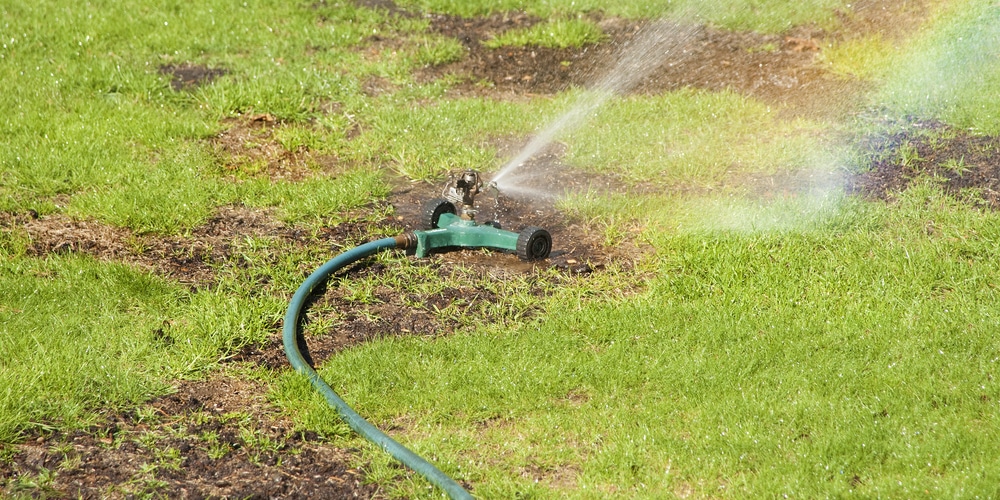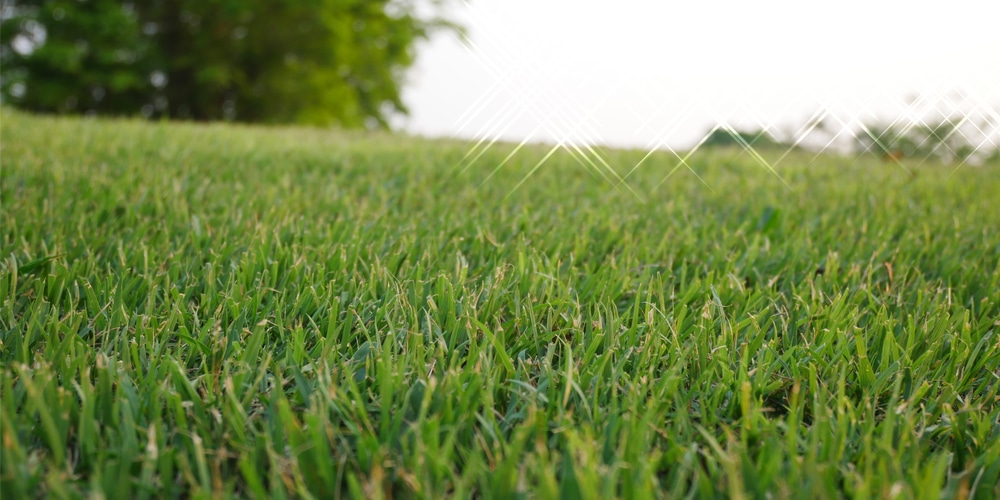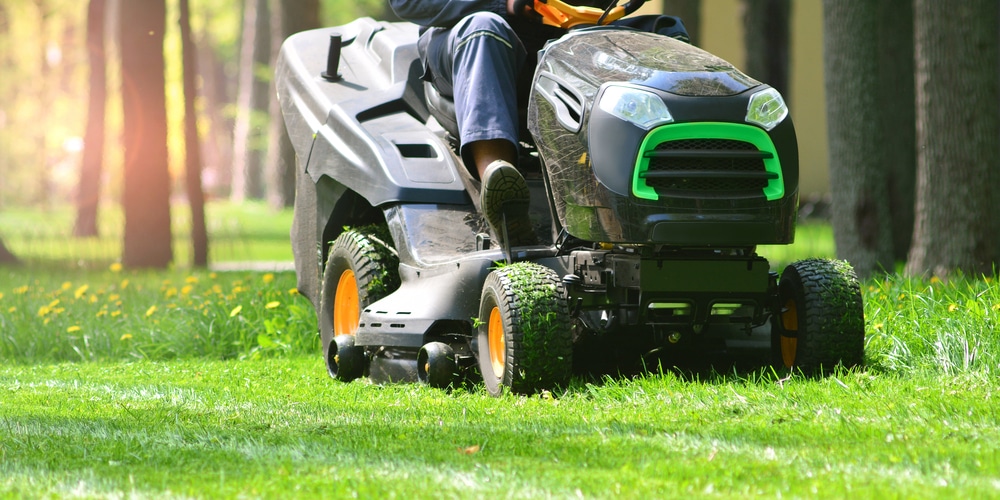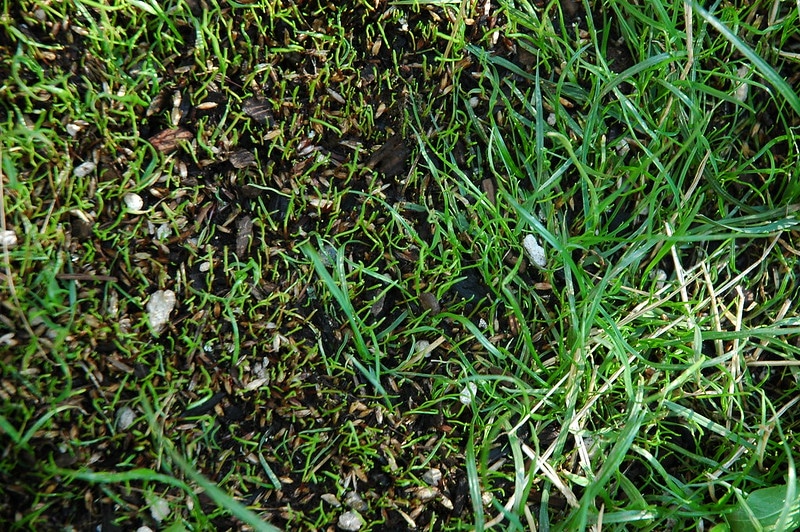Quick Answer (Condensed Article Info)
| Question | When should Bermuda grass seed be planted in Oklahoma? |
|---|---|
| Answer | Late spring to early summer (late May to early July). |
| More Info |
|

In Oklahoma, the best time to plant Bermuda grass seed is from late spring to early summer, specifically from late May to early July. This timing ensures that soil temperatures are consistently above 65°F, which is crucial for the successful germination of Bermuda grass seeds.
Oklahoma’s warm summers provide ideal growing conditions for Bermuda grass, allowing it to establish before the cooler weather arrives. Planting during this window maximizes germination success and gives the grass ample time to develop a strong root system before winter.
In Depth Guide Beginning
When landscaping aficionados in Oklahoma consider planting Bermuda grass, timing is critical for success.
Bermuda grass thrives in warm conditions and demands adequately warm soil temperatures for germination.
The window for sowing Bermuda grass seed is late spring to early summer, when soil temperatures are consistently between 65°F to 70°F.
Soil Temperature: The seed requires a steady soil warmth of at least 65°F, a condition typically met:
Land Preparation: Before planting, one should ensure the soil is properly prepared:
- Conduct a soil test to check for nutrients
- Fertilize and lime based on soil test recommendations
- Create a fine, clump-free seedbed for optimal contact with seeds
Germination Factors: Germination success hinges on several factors:
- Warmth: Soil must remain warm throughout the germination period
- Moisture: Consistent, light watering is necessary until germination
- Soil Contact: Seeds require good contact with the soil, enhanced by rolling or lightly raking the seeded area
For homeowners targeting immediate coverage, alternatives to seeds such as sod, sprigs, or plugs should be considered during the summer months, acknowledging that these methods have different care requirements.
Final Tips:
- Avoid planting if temperatures might drop unexpectedly, or if the forecast predicts unseasonably cool weather.
- Post-seeding care is as vital as the timing—regular watering and a maintenance routine are necessary to establish strong Bermuda grass.
Temperature & Bermuda Grass Growth
In Oklahoma, the successful growth of Bermuda grass seed hinges on understanding the specific climate conditions, particularly temperature and moisture levels.

Temperature Requirements
Bermuda grass thrives in warm conditions, with germination requiring soil temperatures to consistently be above 65°F. In Oklahoma, this typically means planting should be done between late spring to early summer.
- Optimal planting window: May through July
- Minimum soil temperature: 65°F for germination
- Optimal soil temperature for faster establishment: 75°F to 80°F
Precipitation and Soil Moisture
Establishing Bermuda requires careful management of soil moisture. The seed must be kept moist but not waterlogged, especially during the initial germination phase.
- Ideal precipitation: 1 to 1.5 inches per week
- Watering guidance for dry periods:
- Frequency: 3 to 4 times daily
- Volume: 1/8 inch of water per session
- Note: Overwatering can lead to disease; proper drainage is essential.
Soil Preparation for Bermuda Grass Seeding
Before sowing Bermuda grass seed in Oklahoma, gardeners must prepare the soil meticulously. Proper preparation is crucial for optimal seed germination and root development.
Step 1: Soil Testing
First, one should test the soil to determine its pH and nutrient levels. Bermuda grass thrives in a pH range of 5.8 to 7.0. If necessary, adjust the pH with lime for acidic soil or sulfur for alkaline soil.
Step 2: Tilling
Tilling the soil to a depth of 4 to 6 inches is recommended. This process breaks up compacted soil, allowing roots to penetrate deeply and access nutrients and water.
Step 3: Amendment Application
Depending on the soil test results, applying soil amendments can be beneficial. Organic matter such as compost can enhance soil structure and fertility. A starter fertilizer high in phosphorus should be incorporated to promote root growth.
Step 4: Leveling the Ground
After tilling and adding amendments, the soil must be leveled. This ensures water spreads evenly, preventing pooling and potential seed washout.
Step 5: Moisture Content
The soil should be kept slightly moist before planting the seeds. Watering the prepared bed a day before sowing aids in creating a hospitable environment for the seeds.
Bermuda Grass Seed Selection and Sowing Techniques
When selecting Bermuda grass seed for an Oklahoma lawn, one must consider the climate and soil conditions. Bermuda grass thrives in warm temperatures and generally requires soil temperatures to be at least 65 degrees Fahrenheit for germination.
Seed Selection
Certified Seeds: Opt for certified seeds, ensuring genetic purity and higher quality.
Blend Varieties: Use a blend of Bermuda grass seeds to promote diversity and resilience against diseases.
Soil Preparation
- Test the Soil: Conduct a soil test to adjust the pH and nutrient levels as necessary.
- Tillage: Till the soil to a depth of 4-6 inches, providing a clean and level seedbed.
Sowing Techniques
- Hand-Sowing: Best for small areas, allowing for even distribution with careful attention.
- Broadcast Seeder: Ideal for larger areas to distribute seed efficiently.
Sowing Depth and Watering
- Depth: Ensure seeds are lightly raked into the top ¼ inch of soil.
- Watering: Maintain consistent moisture with light watering sessions, about ⅛ inch, several times a day.
Frequently Asked Questions
This section addresses common inquiries regarding the timing and methods for planting Bermuda grass seed in Oklahoma, ensuring a successful lawn establishment.
What is the ideal time of year to plant Bermuda grass seed in Oklahoma?
The optimal period for sowing Bermuda grass seed in Oklahoma is late spring to early summer when soil temperatures consistently reach 65°F (18°C) or higher.
Which variety of Bermuda grass seed is best suited for the Oklahoma climate?
Selection of Bermuda grass seed should be based on drought resistance and the ability to establish a dense growth habit. Specific varieties recommended for Oklahoma can be chosen based on local conditions and intended use.
How should Bermuda grass seed be sown in shaded areas of Oklahoma?
For shaded areas in Oklahoma, Bermuda grass seed requires strategic sowing since it generally thrives in full sunlight. Homeowners should choose varieties that are tolerant of lower light levels and plan for seedbed preparation that maximizes light exposure.
What is the recommended procedure for establishing a Bermuda grass lawn from seed?
Establishing a Bermuda grass lawn from seed involves soil preparation, correct seeding rates, and consistent watering. It’s essential to maintain the soil’s moisture without overwatering and allow the soil temperatures to favor germination.
What type of fertilizer yields the best results for Bermuda grass in the Oklahoma region?
Fertilizers with balanced nutrients that cater to the growth stages of Bermuda grass are preferable. The selection depends on soil tests and should provide adequate nitrogen for vigorous growth, while also maintaining the grass’s green color.
Is it possible to simply broadcast Bermuda grass seed, or is a specific method necessary?
While broadcasting Bermuda grass seed may be practiced, for better results, the use of a calibrated spreader to ensure even distribution is recommended.
Proper incorporation into the soil and maintaining soil contact with the seeds is crucial for successful germination.
Last update on 2025-06-06 / Affiliate links / Images from Amazon Product Advertising API




